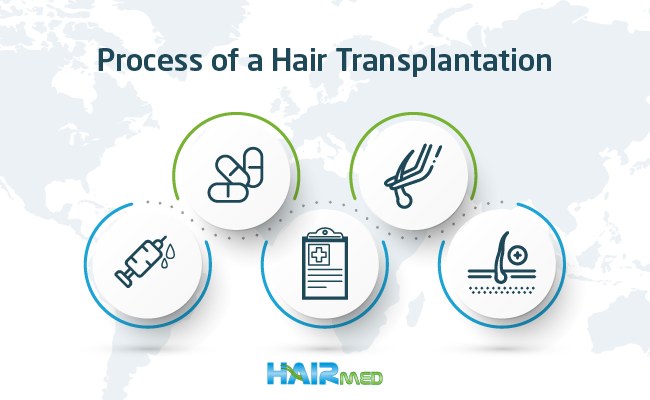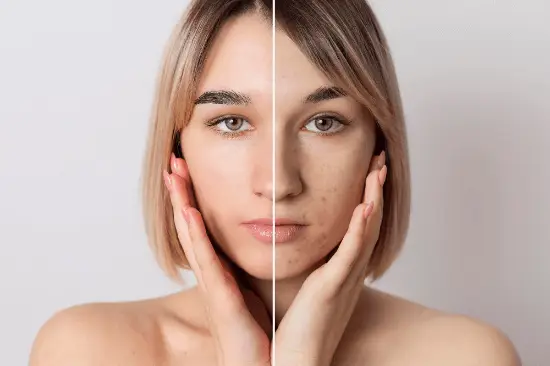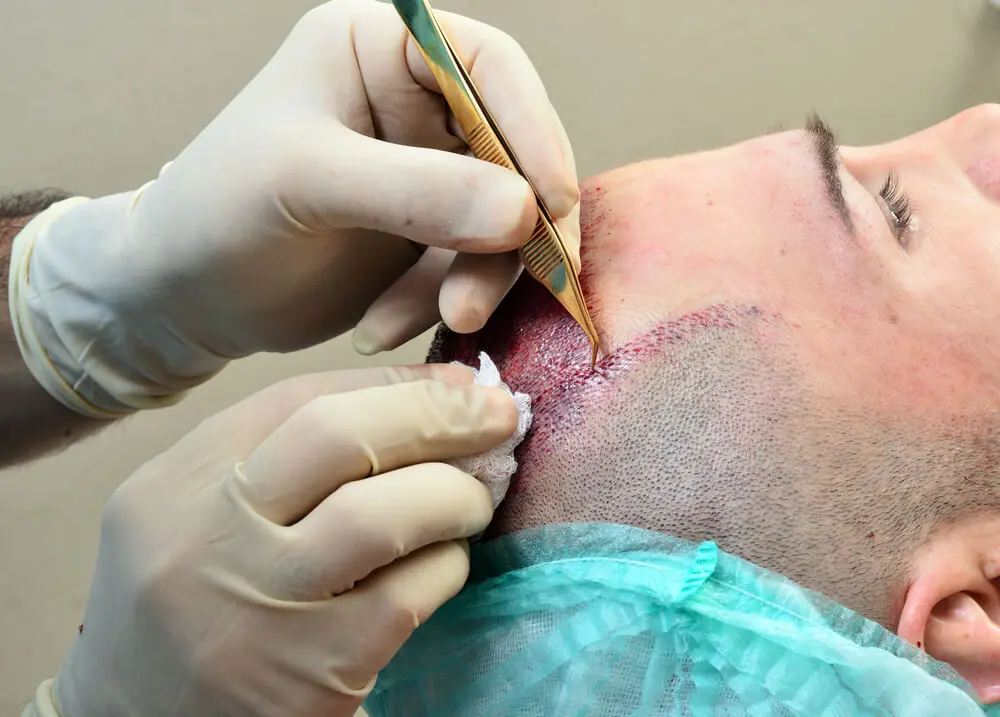After hair transplantation, you should stay at home for a few days because there will be swelling on your head. The swelling will improve after approximately one week. During this period, apply an ice pack to the area above your eyebrows every 10 minutes to minimize swelling.
Hair transplantation is another way to get rid of edema after the surgery. Drinking water is a good way to flush out the fluid injected into your scalp. Drinking at least two liters of water a day will help reduce swelling (edema).
In the first few days after hair transplantation, you should try to sleep with your head elevated. If possible, sleep in a reclining chair, but avoid lying face down. Additionally, your back should support your head, but don’t forget to keep your head and neck elevated.
While exercise is an important part of your daily routine, you should avoid strenuous activities in the first few days after your hair transplantation. Exercise can increase swelling and cause blood clotting. Sweating can also complicate the healing process and increase the risk of infection. In addition to these activities, you should stay away from alcohol and smoking, as alcohol can alter blood flow and slow down the healing process.
You can use antibiotic cream on the neck area. On the recommendation of your doctor, you may need to use antibiotic cream in the donor or recipient area after hair transplantation. This can help reduce the risk of infection. However, you should use the antibiotic cream as directed by your doctor.
Swelling and redness after hair transplantation are common side effects, but they are temporary. If they persist longer, you should consult your doctor or dermatologist. This swelling can lead to infection on the scalp. The best way to manage this is to make yourself comfortable and follow your doctor’s instructions. For example, avoid hot showers and be sure to wear a hat when it’s hot outside.
Is It Normal to Feel Tension on the Head After Hair Transplantation?
Feeling tension on the head after hair transplantation is normal. This feeling of tension will completely disappear after about 7 days. It is a normal reaction of the body after any surgical procedure.
After hair transplantation, avoid excessive exercise. Light exercise is fine as long as you keep your blood pressure and heart rate within safe limits. Also, brisk walking and yoga are acceptable substitutes for a complete exercise routine (protect yourself from the sun).

The first two days after hair transplantation are very important for recovery. After the surgery, there may be some bruising and bleeding in the donor area in the first two days. Most people will initially feel some discomfort, but it will disappear within a few days. You can expect a period of discomfort lasting from one to ten days. You may even feel some tension on your head for a few days.
After hair transplantation, you may experience some discomfort. Make sure to carefully follow your surgeon’s post-operative instructions. You may need to stay in bed for a few days and avoid strenuous activities.
Does Facial Swelling Go Away After Hair Transplantation?
The swelling that occurs after hair transplantation surgery is temporary and generally disappears within a few days.
Water is one of the best ways to reduce facial swelling after hair transplantation. Drinking water helps flush out the fluid injected into the scalp. Drinking two or three liters of water a day can significantly speed up the healing process. It is also important not to rub or pull the affected area after hair transplantation to avoid damaging the donor area.
After hair transplantation, you should avoid wearing a cap in the first 72 hours. Crusts may form around the grafts after 72 hours. Don’t worry; these are normal side effects of hair transplantation. You can also wash your face in the days following hair transplantation, but be sure to dry it thoroughly. Your doctor will provide you with more information about the healing process.









